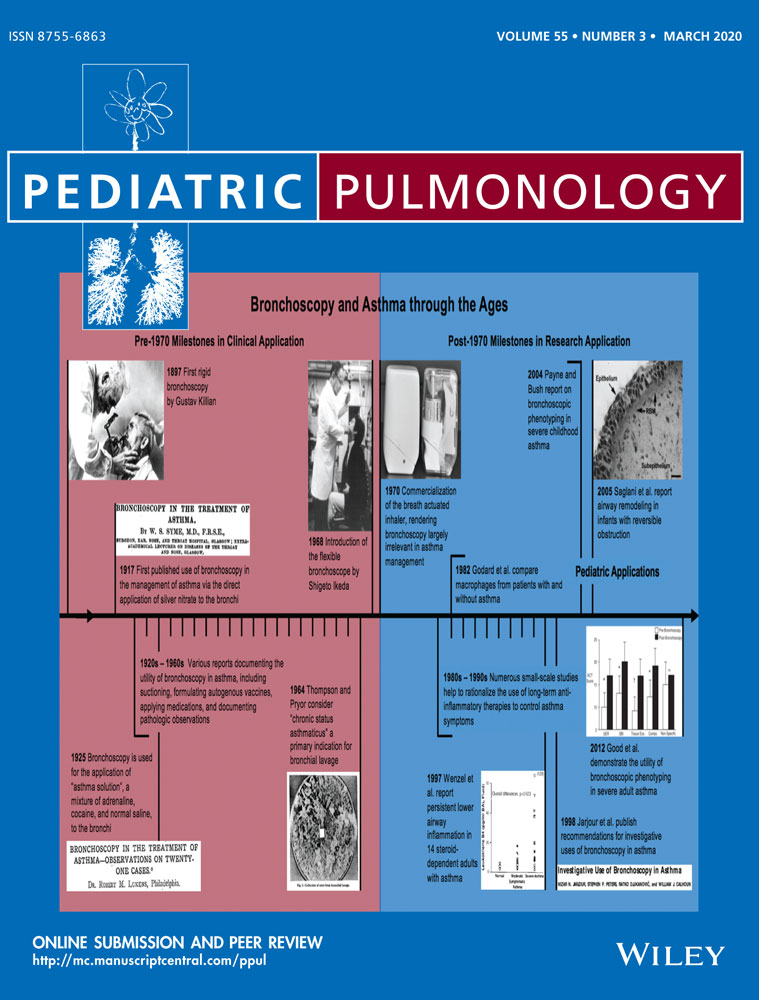Validation of a computerized scoring system for foreign body aspiration: An observational study
Abstract
Objective
The diagnosis of foreign body aspiration (FBA) is challenging. In a previous study, we developed a computerized scoring system (CSS) to support decision-making. In the present study, we aimed to validate it on a further cohort.
Study Design
In this observational study, 100 children referred to the emergency department of a tertiary pediatric hospital for suspected FBA and treated according to standard protocol, were assigned a probability score using the CSS, between 0 and 1 (0, very low probability; 1, very high). The diagnosis of FBA was based on bronchoscopy, and if discharged without bronchoscopy, determined via telephone questionnaire, 4 to 6 months after discharge, supplemented by clinical re-evaluation and bronchoscopy, if respiratory symptoms persisted.
Results
Thirty-five out of 100 children (35%) underwent bronchoscopy with 12 of 35 (34%) positive for FBA. Sixty-five patients were discharged without bronchoscopy and completed a telephone questionnaire. Seven patients required clinical re-evaluation for persistent respiratory symptoms, in two out of them, additional bronchoscopies were performed and were negative. The CSS median probability score was 0.94 in patients with FBA, as compared to 0.73 in patients without FBA (P = .007). The CSS area under the receiver operating curve was 0.74. At a probability score threshold of 0.6, the sensitivity and specificity were 100% and 41%, respectively.
Conclusion
The present validation study suggests a high sensitivity of the CSS for the identification of FBA in children. We suggest that it might aid decision-making with regard to the need for bronchoscopy in children presenting to the emergency room.
CONFLICT OF INTERESTS
The authors declare that there are no conflict of interests.




